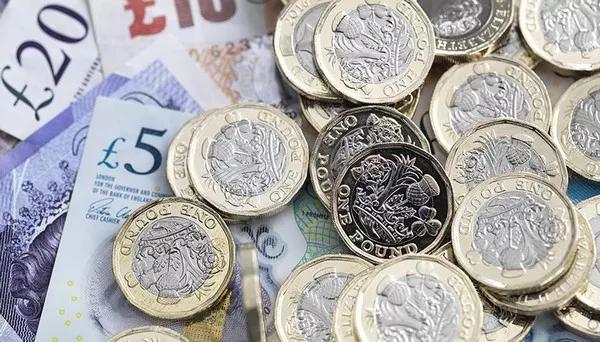In Friday’s trading session, the Pound Sterling (GBP) continued its decline against the US Dollar (USD), reaching 1.2740 amid sustained strength in the Greenback. The US Dollar Index (DXY), reflecting the USD’s performance against a basket of major currencies, extended its gains to 105.40, marking a second consecutive day of ascent. This rise comes as the Federal Reserve (Fed) maintains a hawkish stance on interest rates, overshadowing softer US economic data.
Despite weaker-than-expected US Consumer Price Index (CPI) and Producer Price Index (PPI) reports for May, which indicated declines in headline PPI and flat core producer inflation, the Fed’s outlook on interest rates remains firm. The subdued inflation reports suggest a potential easing in the core Personal Consumption Expenditure Price Index (PCE), the Fed’s preferred gauge of inflation, prompting speculation of imminent rate cuts. According to the CME FedWatch Tool, there is now a 65% probability of a rate cut decision in September, up from 50.5% a week earlier.
Earlier this week, the Fed signaled a reduction in its projected rate cuts for the year, citing slower progress in disinflation. Fed Chair Jerome Powell acknowledged the encouraging but tentative nature of May’s inflation data, emphasizing the need for sustained price pressure declines to bolster confidence in rate adjustments. Powell affirmed the Fed’s readiness to act swiftly if labor market conditions deteriorate.
GBP Outlook Clouded Ahead of BoE Meeting
Meanwhile, the Pound Sterling faces uncertainty against North American and European currencies but shows resilience against most Asia-Pacific counterparts in Friday’s London session. Investor attention now shifts to the upcoming Bank of England (BoE) monetary policy meeting scheduled for Thursday, where interest rates are expected to remain unchanged at 5.25%.
Investors keenly await indications from the BoE regarding future rate cuts, particularly after Deputy Governor Dave Ramsden’s vote in favor of a rate reduction in May. BoE Governor Andrew Bailey acknowledged progress in inflation nearing the 2% target but cautioned against premature rate cuts, citing ongoing concerns over service inflation driven by wage growth.
Market sentiment ahead of the BoE meeting hinges on Wednesday’s CPI report for May, crucial for gauging inflation trends in the UK. Despite recent wage growth outpacing inflation reduction targets, uncertainties persist regarding the timing of potential rate adjustments, with market expectations split between the August and September meetings.
In summary, while the GBP navigates near-term volatility, influenced by domestic inflation dynamics and global economic trends, investors await clarity from the upcoming BoE meeting to ascertain the Pound’s future trajectory against major currencies.
Related Topics:




























